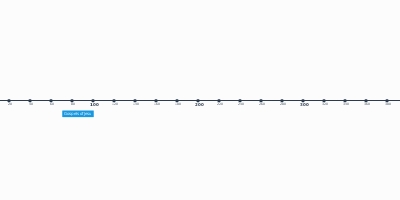Prince Henry the Navigator career (apr 17, 1415 – nov 23, 1460)
Description:
e is regarded as the main initiator of what would be known as the Age of Discovery. Henry was the fourth[1] child of the Portuguese king John I and responsible for the early development of Portuguese exploration and maritime trade with other continents through the systematic exploration of Western Africa, the islands of the Atlantic Ocean, and the search for new routes.King John I founded the House of Aviz. Henry encouraged his father to conquer Ceuta (1415), the Muslim port on the North African coast across the Straits of Gibraltar from the Iberian Peninsula. He learned of the opportunities offered by the Saharan trade routes that terminated there, and became fascinated with Africa in general; he was most intrigued by the Christian legend of Prester John and the expansion of Portuguese trade. Henry is regarded as the patron of Portuguese exploration.
Until Henry's time, Cape Bojador remained the most southerly point known to Europeans on the desert coast of Africa. Superstitious seafarers held that beyond the cape lay sea monsters and the edge of the world. In 1434, Gil Eanes, the commander of one of Henry's expeditions, became the first European known to pass Cape Bojador.
Henry the Navigator bronze by Léon-Joseph Chavalliaud (1899), outside the Palm House at Sefton Park, Liverpool (in appearance similar to the sculpture of the beginning of the 16th century, in the Jerónimos Monastery, Lisbon, possibly close to the true likeness of Prince Henry)
Using the new ship type, the expeditions then pushed onwards. Nuno Tristão and Antão Gonçalves reached Cape Blanco in 1441. The Portuguese sighted the Bay of Arguin in 1443 and built an important fort there around the year 1448. Dinis Dias soon came across the Senegal River and rounded the peninsula of Cap-Vert in 1444. By this stage the explorers had passed the southern boundary of the desert, and from then on Henry had one of his wishes fulfilled: the Portuguese had circumvented the Muslim land-based trade routes across the western Sahara Desert, and slaves and gold began arriving in Portugal. This rerouting of trade devastated Algiers and Tunis, but made Portugal rich.[18] By 1452, the influx of gold permitted the minting of Portugal's first gold cruzado coins. A cruzado was equal to 400 reis at the time. From 1444 to 1446, as many as forty vessels sailed from Lagos on Henry's behalf, and the first private mercantile expeditions began.
Alvise Cadamosto explored the Atlantic coast of Africa and discovered several islands of the Cape Verde archipelago between 1455 and 1456. In his first voyage, which started on 22 March 1455, he visited the Madeira Islands and the Canary Islands. On the second voyage, in 1456, Cadamosto became the first European to reach the Cape Verde Islands. António Noli later claimed the credit. By 1462, the Portuguese had explored the coast of Africa as far as present-day Sierra Leone. Twenty-eight years later, Bartolomeu Dias proved that Africa could be circumnavigated when he reached the southern tip of the continent, now known as the Cape of Good Hope. In 1498, Vasco da Gama became the first European sailor to reach India by sea.
Added to timeline:
Date:
apr 17, 1415
nov 23, 1460
~ 45 years
